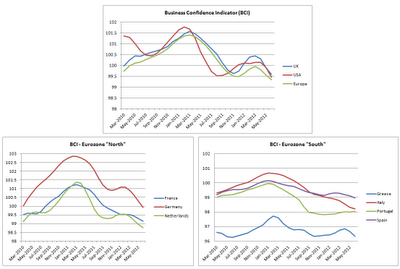On central planning
Note: This article was also published on the Adam Smith Institute blog , on 3rd September 2012. For all my other ASI writings see here . My two favourite political economists, Daron Acemoglu and James Robinson, have started (and ended with) a series of blogs on the topic of central planning . Their angle is that central planning in practice doesn’t originate from Marxist ideology, but from the inherent desire of an extractive state to exert full control over its people. They were motivated to engage into the subject in order to disprove the idea that ideology is what causes economic inefficiency (they spend a lot of time in their book tackling this subject – the book is reviewed here ). This is similar to another argument they aim to disprove, which claims that poor countries are poor because their leaders are ignorant and chose inefficient systems since they either don’t know better, or are blinded by ideology. And while a lack of knowledge and/or ideology is an attrac...




